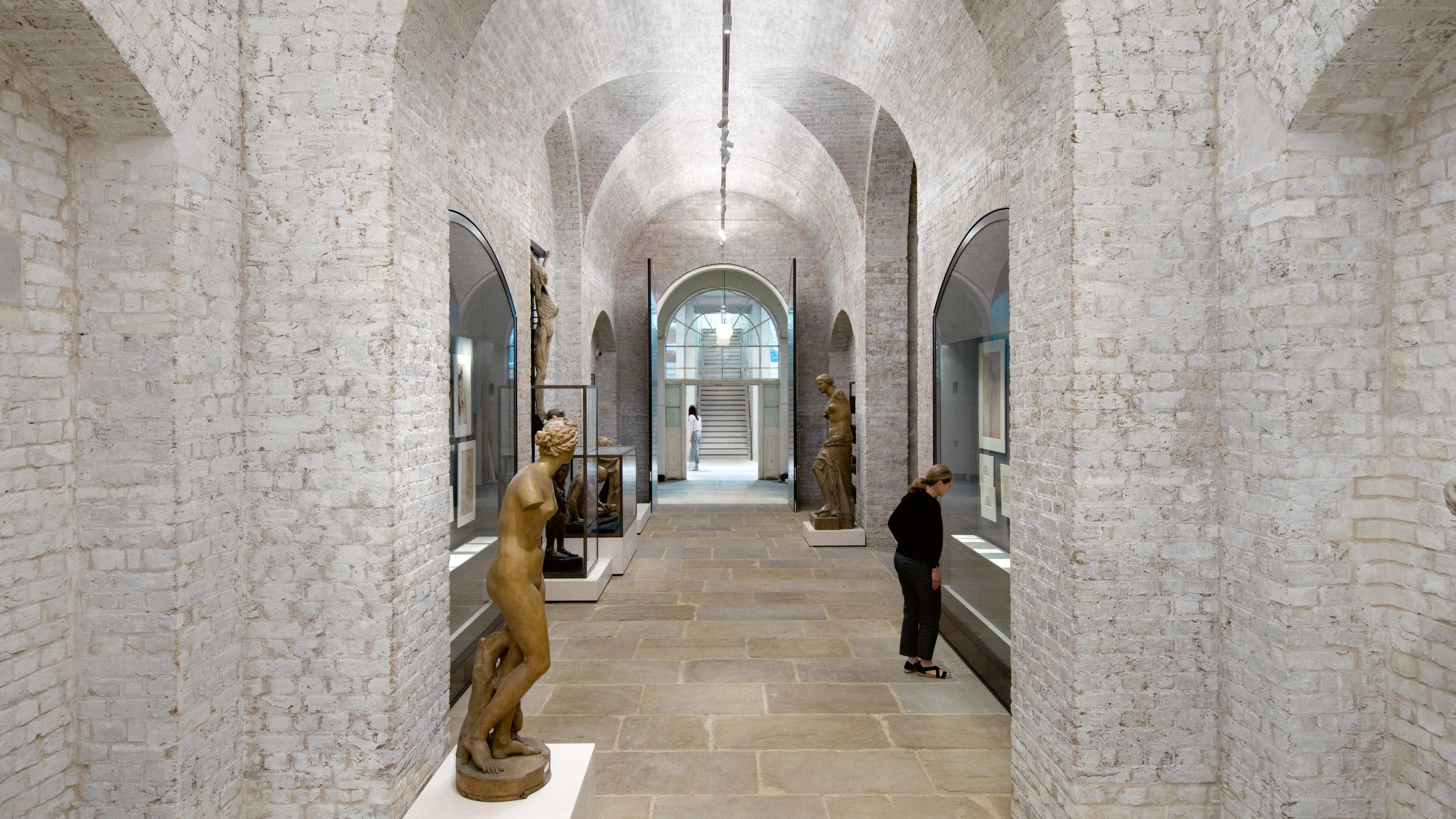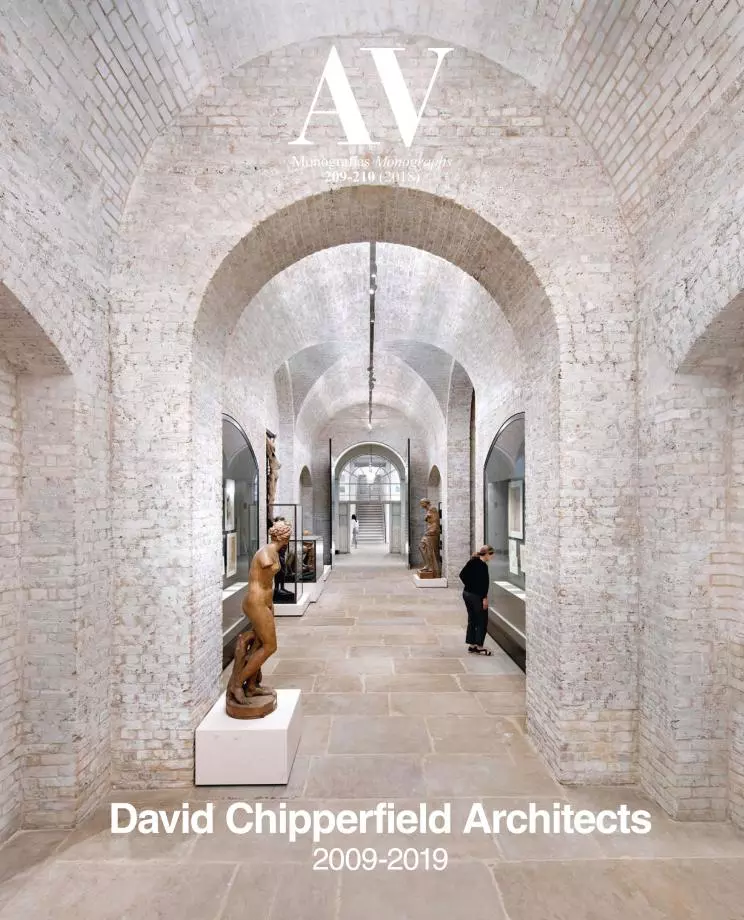Royal Academy of Arts, London
David Chipperfield Architects- Type Culture / Leisure Museum Refurbishment
- Date 2008 - 2018
- City London
- Country United Kingdom
- Photograph Simon Menges
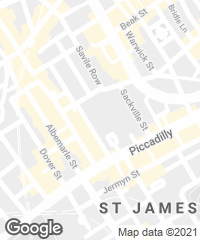
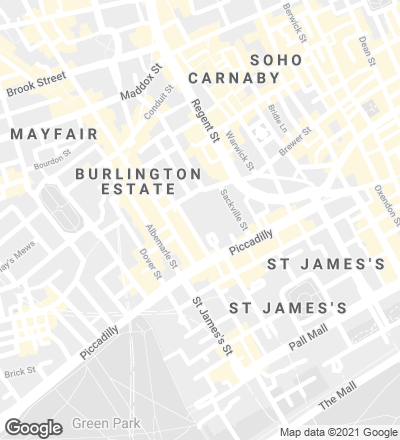
Founded in 1768, the Royal Academy of Arts is the oldest arts institution in Britain. Since 1868 it has been based in Burlington House on Piccadilly, in central London. In 2001 the RA acquired 6 Burlington Gardens, an Italianate building of comparable size located immediately to the north of Burlington House and oriented in the opposite direction. Originally designed in the 1860s as the Senate House for the University of London, 6 Burlington Gardens had been modified over the years.
The master plan, for which the practice was commissioned in 2008, involved connecting the Burlington House and Burlington Gardens sites in both physical and ideological terms. A new program had to be developed for 6 Burlington Gardens and coherence given to the entire complex. Promoting the refurbishment of the two Grade ii* listed buildings, the master plan drew on the existing structures, opening previously closed off areas while introducing a series of punctual interventions that range from repair and restoration to the introduction of contemporary elements.
A new route through the center of the buildings provides a public link between Piccadilly and Burlington Gardens, connecting the main entrances of both buildings. This new route leads from a brick-vaulted corridor, previously used for storage under Burlington House, through to a new in-situ concrete bridge, while bisecting the RA Schools. The bridge, housing a lift and staircase, negotiates the change of level and the differing axis of both buildings. It also overlooks a new garden for the once-hidden RA Schools both exposing and integrating their activity into the campus.
The transformation of 6 Burlington Gardens includes the reinstatement of a lecture theater at the east end of the building. This required the removal of a floor that had been added and the relocation of the British Academy room. The new auditorium, seating 250, is semi-circular and modelled on a classical amphitheater or scientific theater. The former Senate Room has been restored and serves as a new cafeteria with one of the smaller committee rooms now an architecture gallery. The historic laboratory rooms have been re-aligned as an enfilade of contemporary, day-lit gallery spaces. The large room on the west side of the building, originally a library, now serves as the Collections gallery housing Michelangelo’s Taddei Tondo. The aforementioned British Academy room is now enclosed in a new fair-faced concrete building which faces the garden
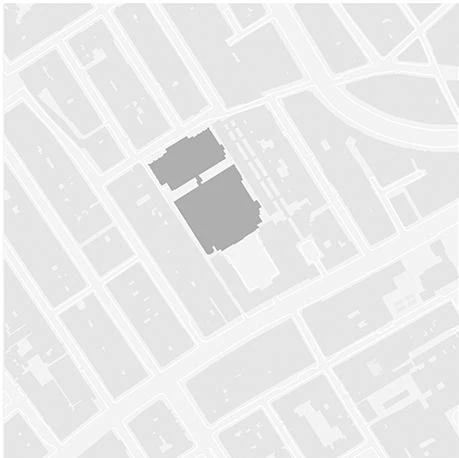



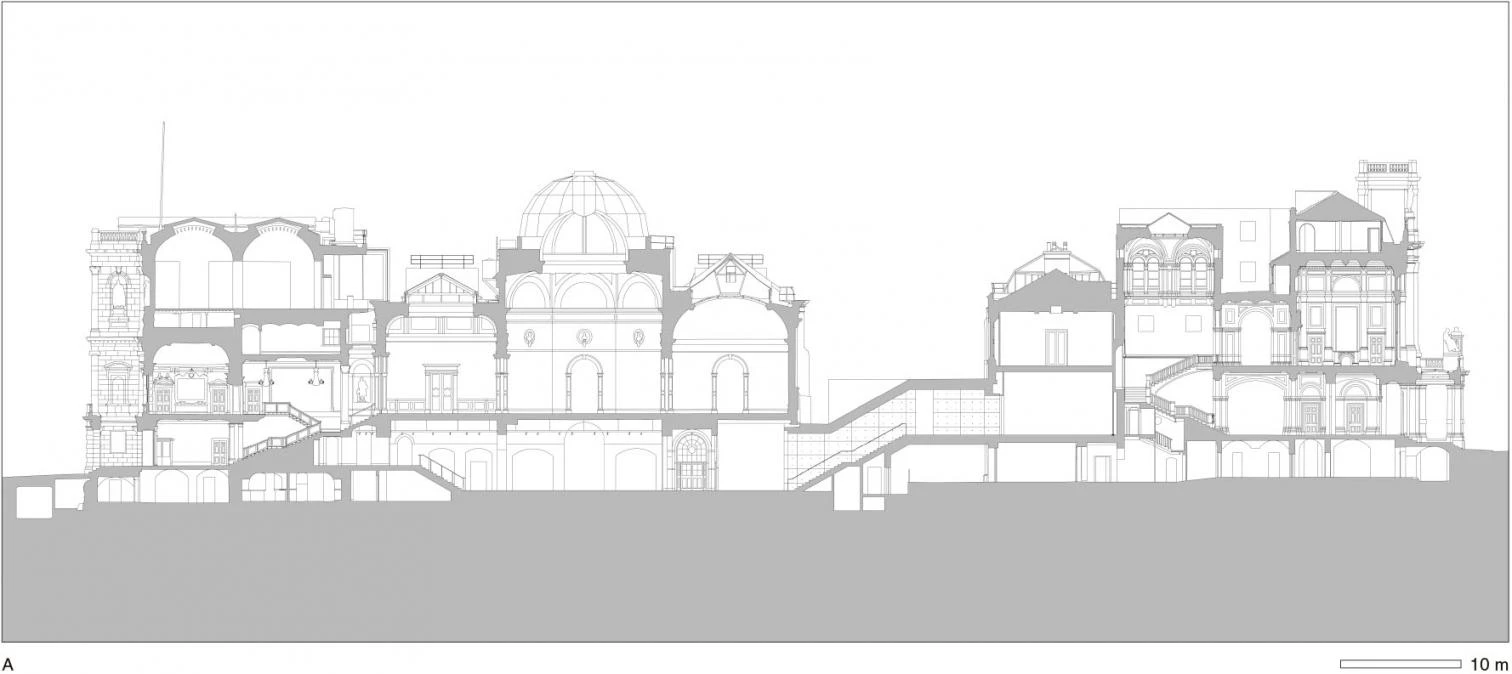
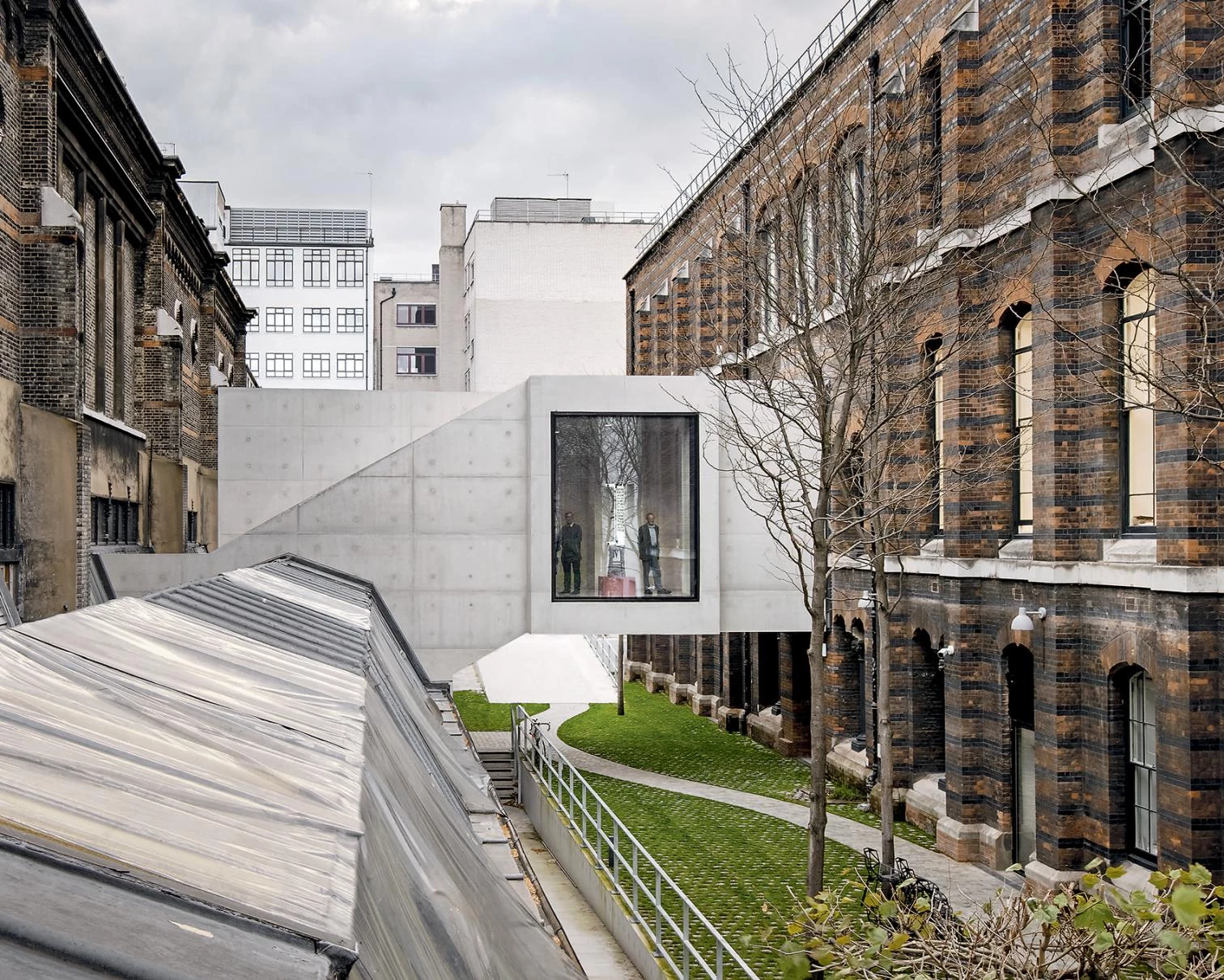
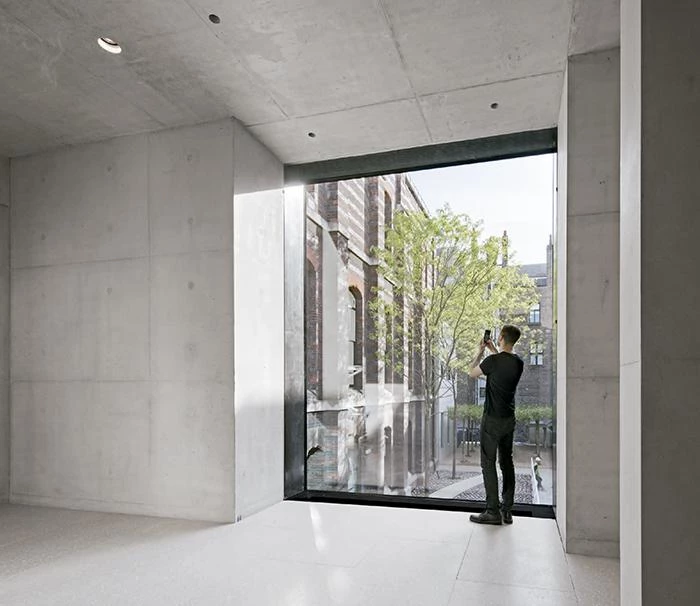


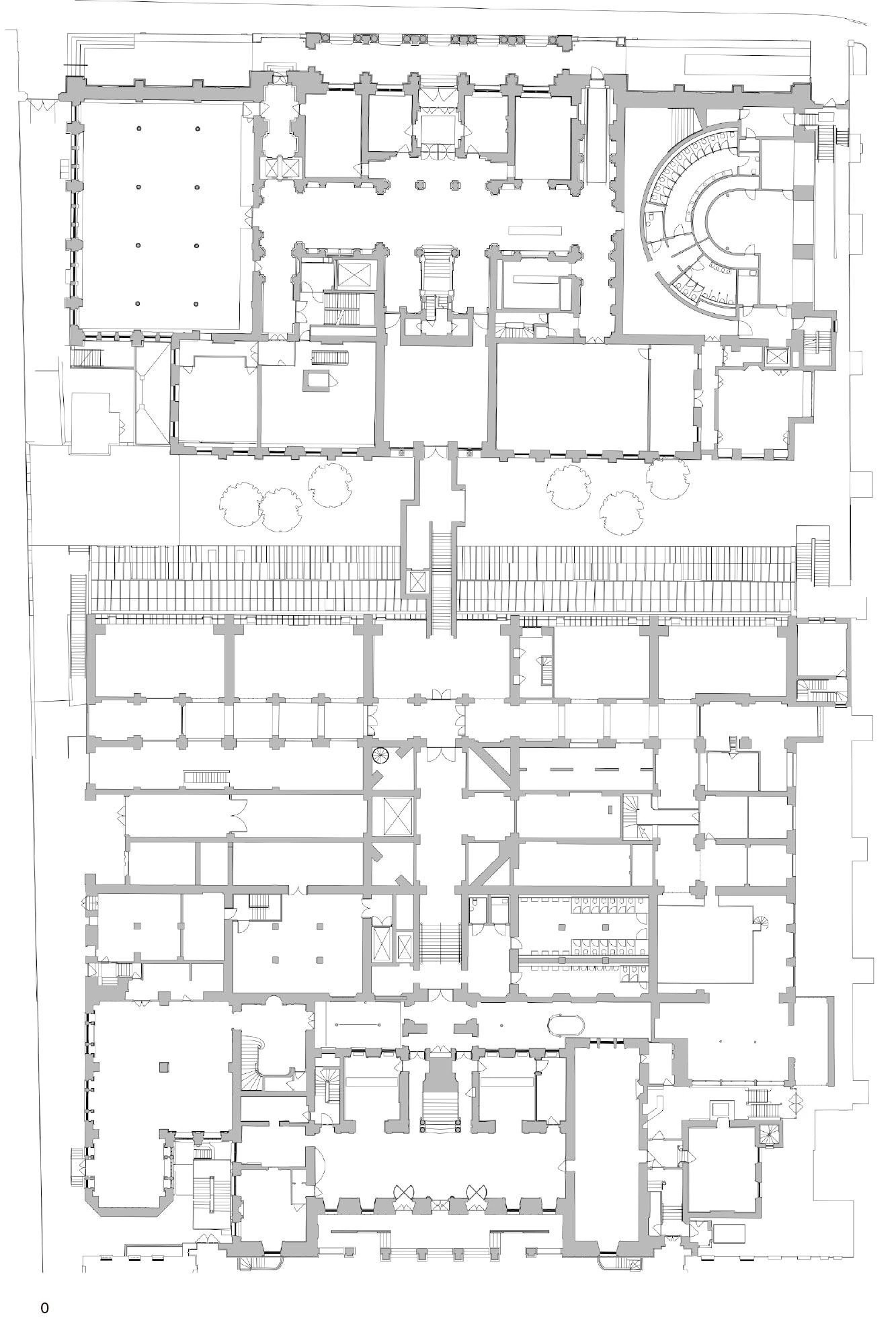
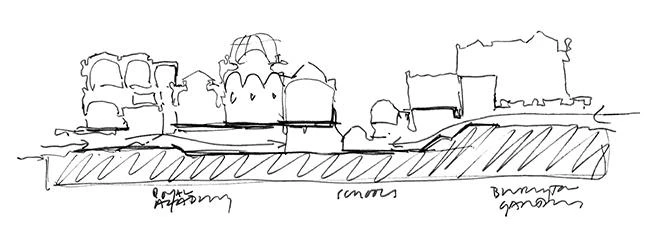
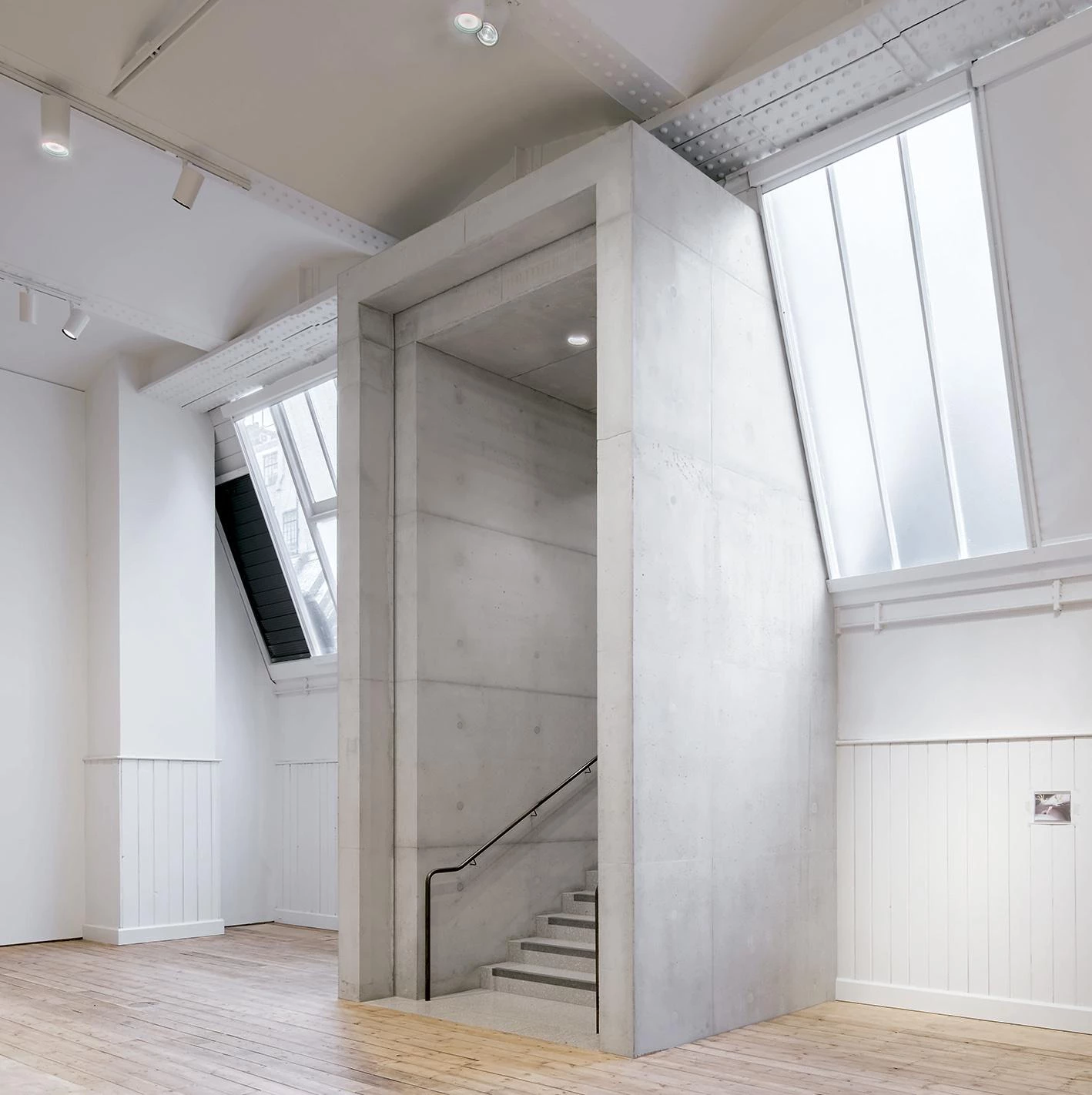
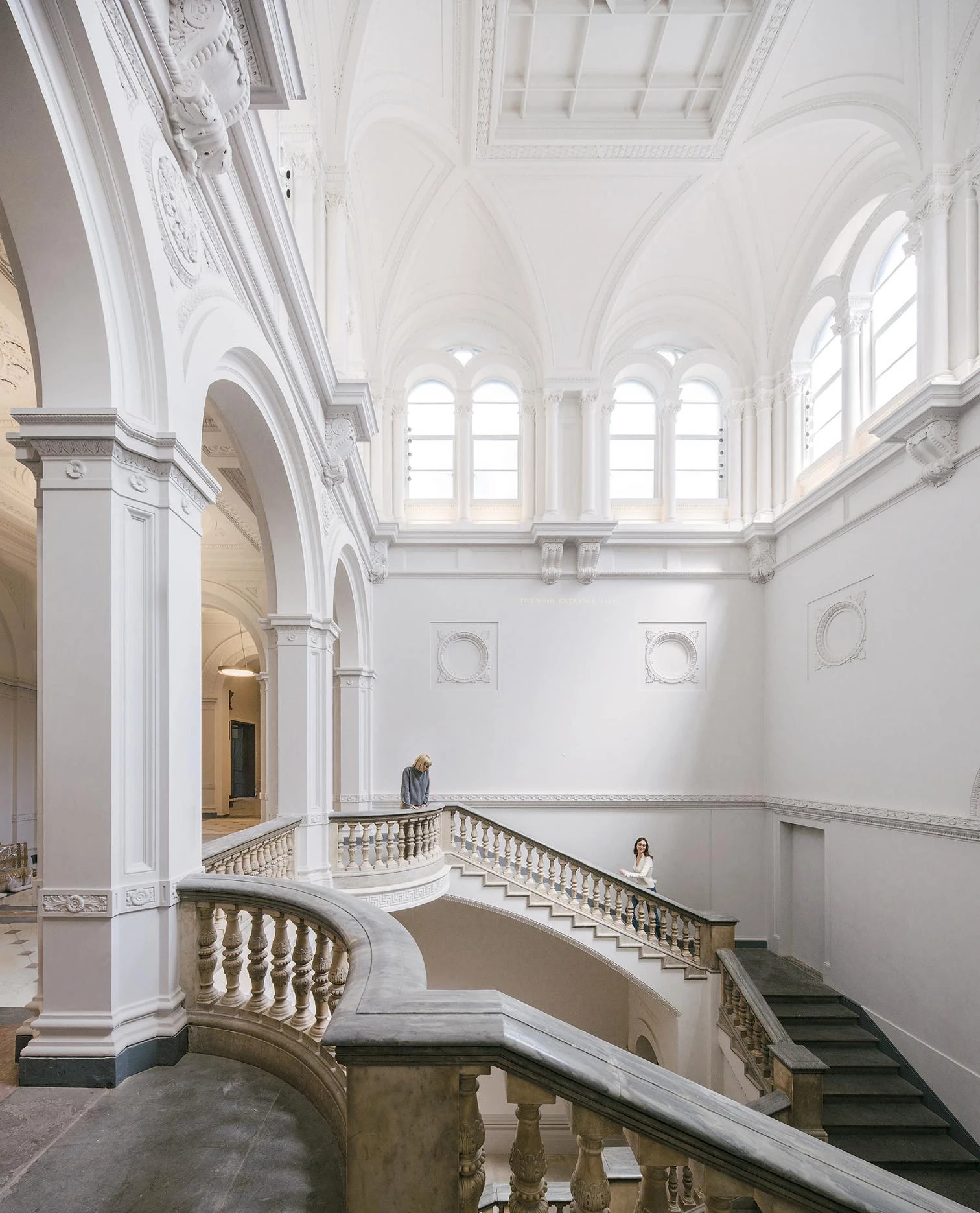
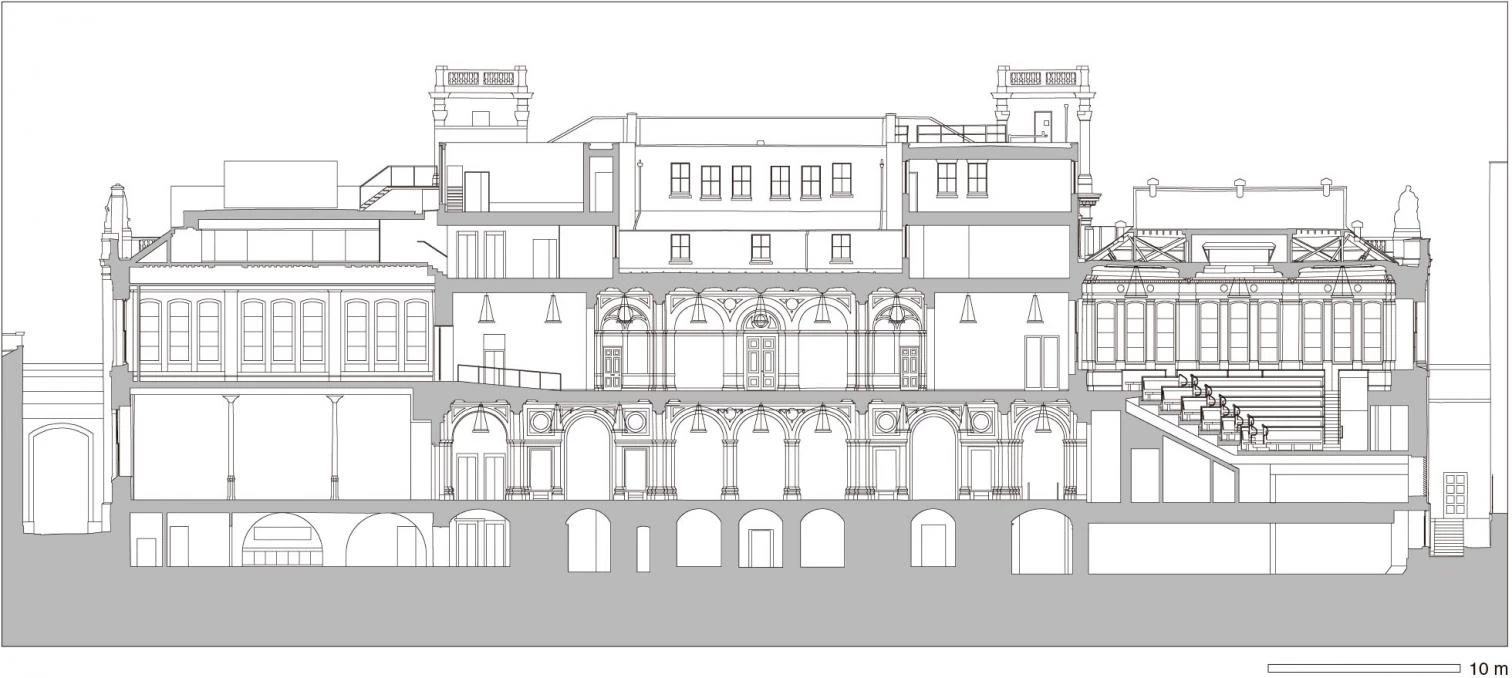
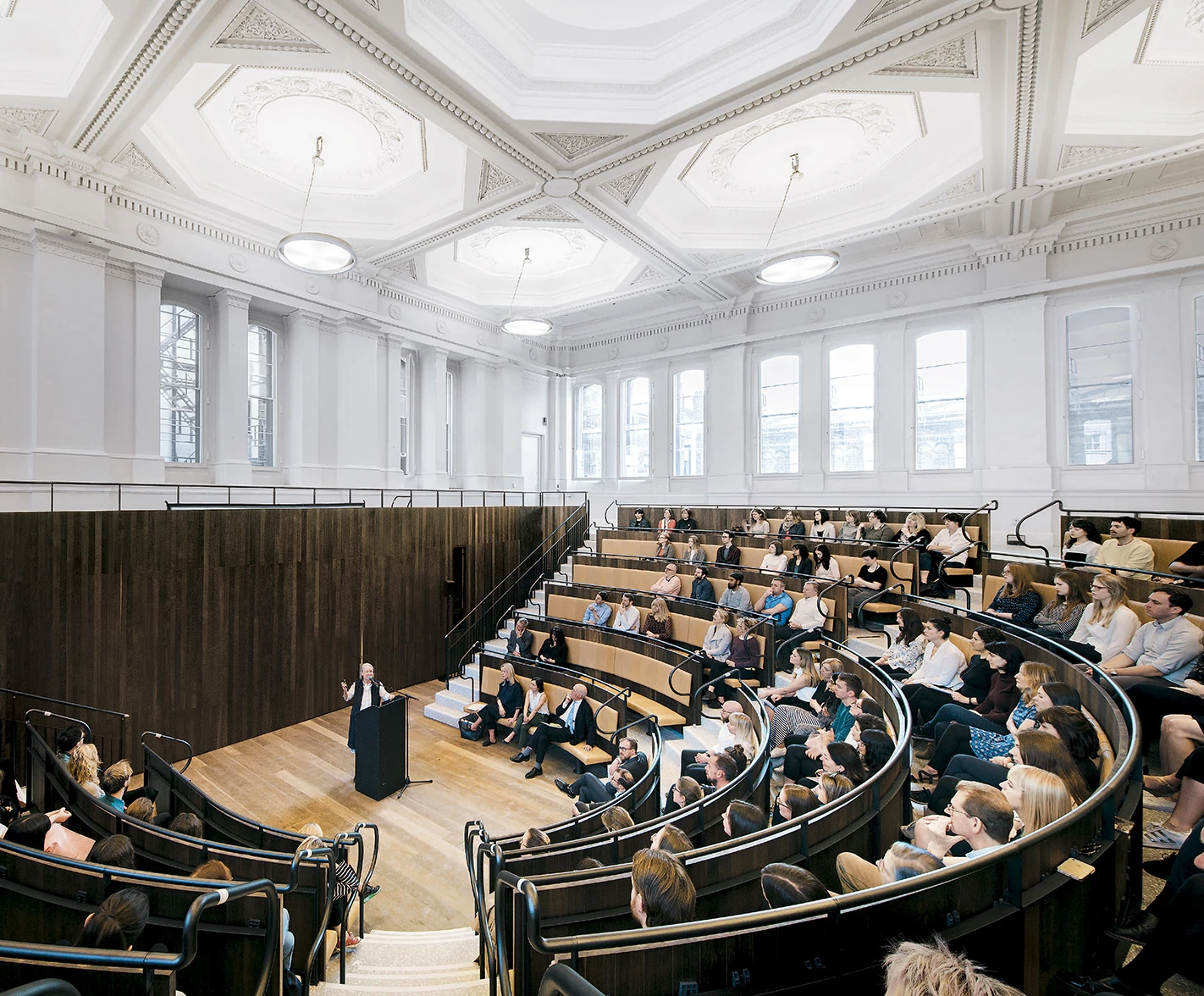
Obra Work
Royal Academy of Arts Master Plan
Cliente Client
Royal Academy of Arts
Arquitectos Architects
David Chipperfield Architects London; David Chipperfield, Louise Dier, Andrew Phillips (directores a cargo directors in charge), Peter Jurschitzka, Oliver Ulmer (directores de proyecto project directors); Nick Hill, Kelvin Jones (arquitectos de proyecto project architects), Antonio Acocella, Madiha Ahmad, Ricardo Alvarez, Matt Ball, Nick Beissengroll, Ryan Butterfield, Jan-Paul Coelingh, Jonathan Cohen, Florian Dirschedl, Sebastian Drewes, Johannes Feder, Christiane Felber, Maria Giramé, Jochen Glemser, Julien Gouiric, Sean Hammond, Christopher Harvey, Henriette Helstrup, Sara Hengsbach, Daniel Itten, Craig Johnston, Chiara Montgomerie, Ross Perkin, Billy Prendergast, Daan Vulkers, Andy Wakefield, Richard Youel (equipo team)
Colaboradores Collaborators
Julian Harrap Architects (arquitecto de conservación conservation architect); Wirtz International nv (paisajismo landscape architect); Alan Baxter Ltd. (estructura structural engineer); Sound Space Vision (teatro theater consultant); David Bonnet Associates (accesibilidad accessibility); Gerald Eve (planeamiento planning consultant); Gardiner & Theobald LLP (aparejador quantity surveyor); Buro Four Holdings Ltd. (gestor de proyecto project manager); Arup Ltd. (iluminación e instalaciones lighting and building services); John Morgan studio (señalética signage)
Fotos Photos
Simon Menges

